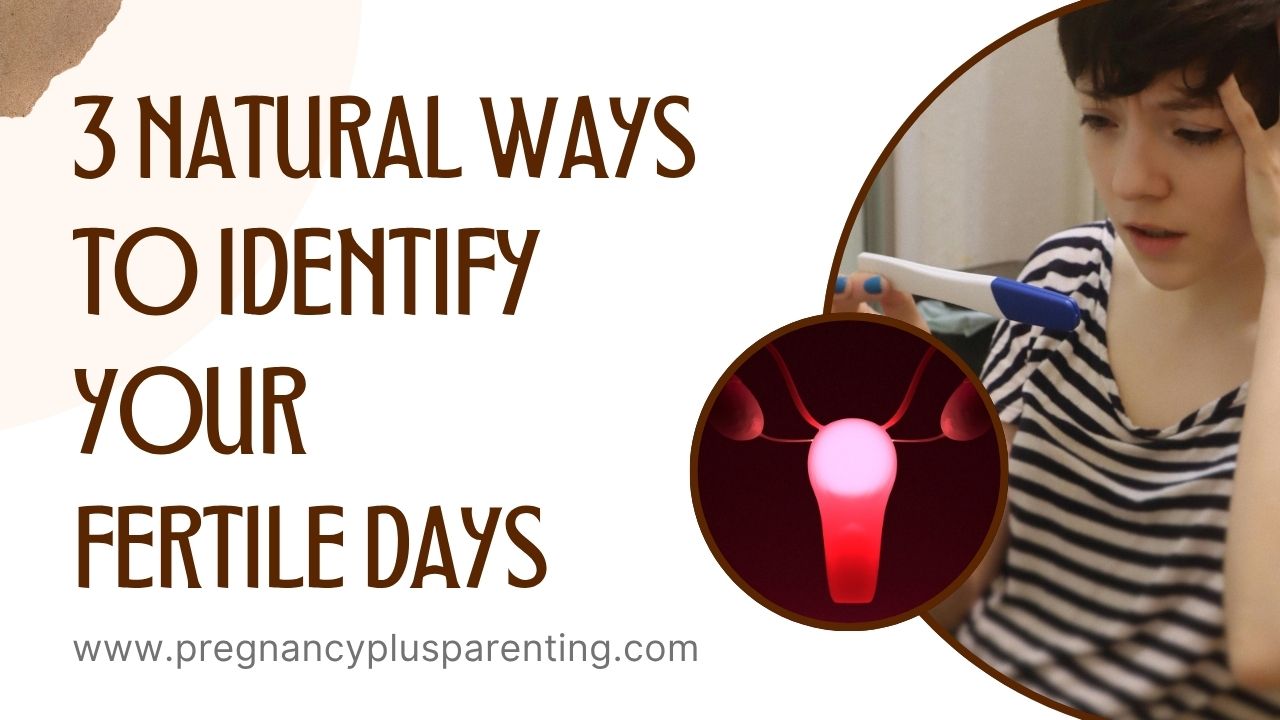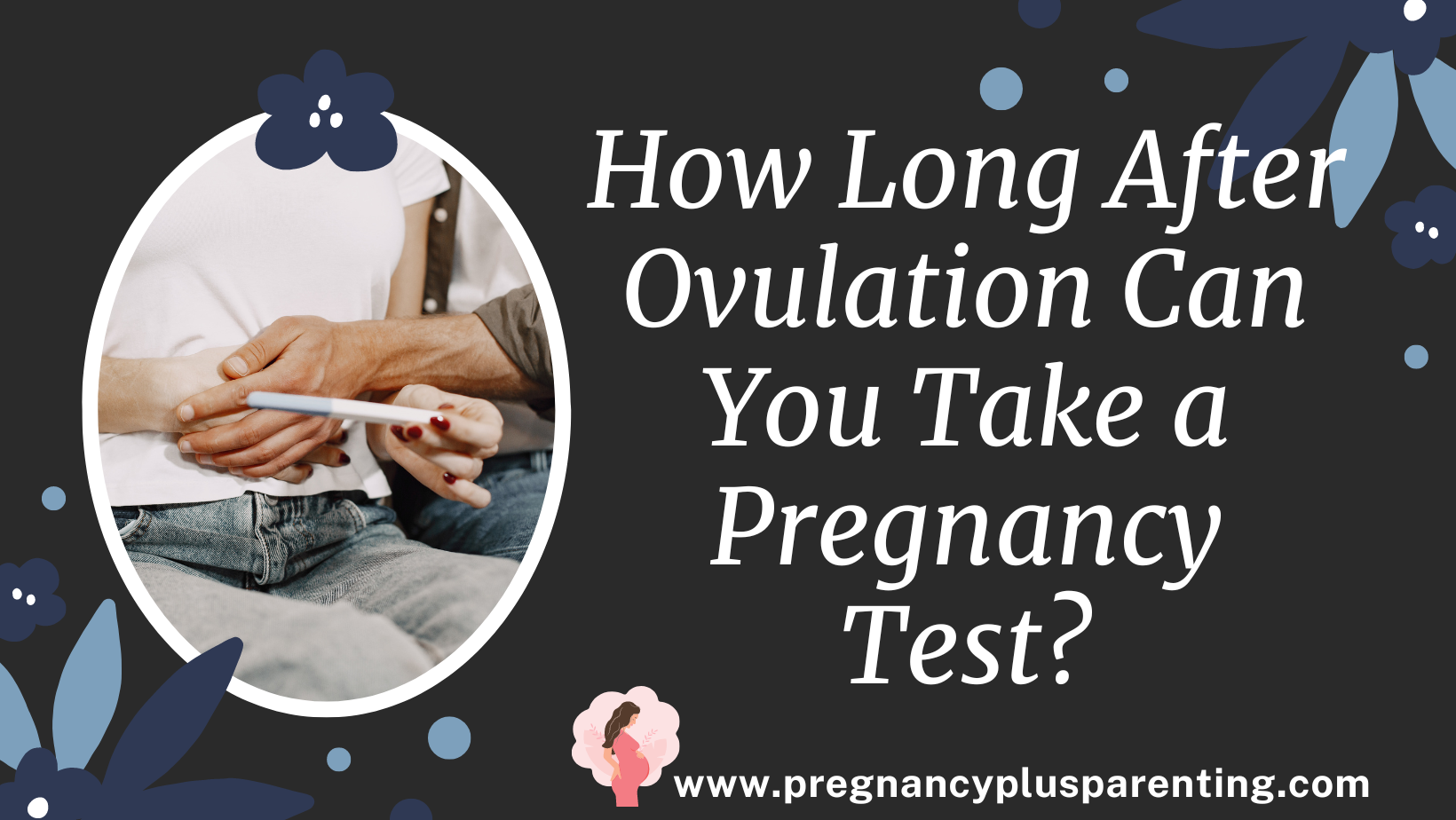3 Natural Ways To Identify Your Fertile Days
Whether for the desire to have children or for contraception: many couples wonder how they can reliably determine a woman’s fertile days .
In this article we will show you three natural ways without cycle computers and the like.
When are the most fertile days?
According to textbooks, a female cycle lasts about 28 days. Ovulation occurs approximately halfway through this cycle. This period is referred to as the fertile period, as this is when the egg can be fertilized by sperm, resulting in pregnancy .
However, these figures are only guidelines and vary from woman to woman. Not every woman has a regular 28-day cycle, and even if she does, there’s no guarantee that ovulation always occurs on cycle day 14.
With this rule, you can roughly narrow down the fertile days, but you cannot really predict them with any certainty.

How do I recognize my fertile days?
So how can you narrow down your fertile days more precisely than the rule of thumb allows?
For example, by trying one of the following three options. The good news: They all work without artificial hormones or expensive cycle computers.
Detect fertile days with temperature measurement
When measuring your temperature, you observe your body temperature before getting up (basal body temperature) and record it throughout your entire cycle. This principle is also used by many cycle monitors, which indicate whether it is a fertile or non-fertile day based on the temperature.
You can recognize ovulation by the fact that your basal body temperature rises by approximately 0.2°C to 0.5°C for several days. This temperature rise occurs very reliably because ovulation triggers the production of the corpus luteum hormone progesterone, which slightly raises your basal body temperature. It only drops again at the end of your cycle. In the case of pregnancy, it remains slightly elevated for the first few weeks.
The problem with temperature measurement is that you only recognize your fertile days afterward. However, you are already fertile several days before ovulation. Furthermore, basal body temperature is a value that can easily be distorted, for example, by going to bed late or stress. Therefore, it is only moderately recommended when used alone.

Detect fertile days by cervical mucus
Cervical mucus is a secretion produced by the glands in the cervix throughout the menstrual cycle.
- At the beginning of the cycle after the period, it is rather thick and white and this consistency prevents bacteria from penetrating the cervix.
- As the fertile days approach, the cervical mucus becomes clearer and stretchy.
- On the most fertile days, it can be pulled into long threads. This consistency creates ideal conditions for sperm to reach the egg.
So, if you notice runny, stretchy cervical mucus at the cervix, this is a clear sign that your fertile period is approaching. A few days after ovulation, it will return to a whitish, creamy consistency.
This method works very reliably, but not every woman finds it easy to classify cervical mucus. Is it already clear or still whitish? Is it stretchy or not? All of these factors can be confusing and, of course, distort the results.
Detect fertile days with the symptothermal method
The symptothermal method (formerly known as Natural Family Planning – NFP) combines the advantages of both natural methods. This allows you to monitor both the development of your basal body temperature and changes in your cervical mucus, providing two clear signals that indicate when your fertile days are approaching. When used correctly, this method achieves a Pearl Index of 0.4 percent, making it as safe as the pill.
Of the three natural ways to identify your fertile days, this is clearly the safest.
What experiences do you have?
What methods have you tried to identify your fertile days?
Feel free to tell us about it in the comments.







